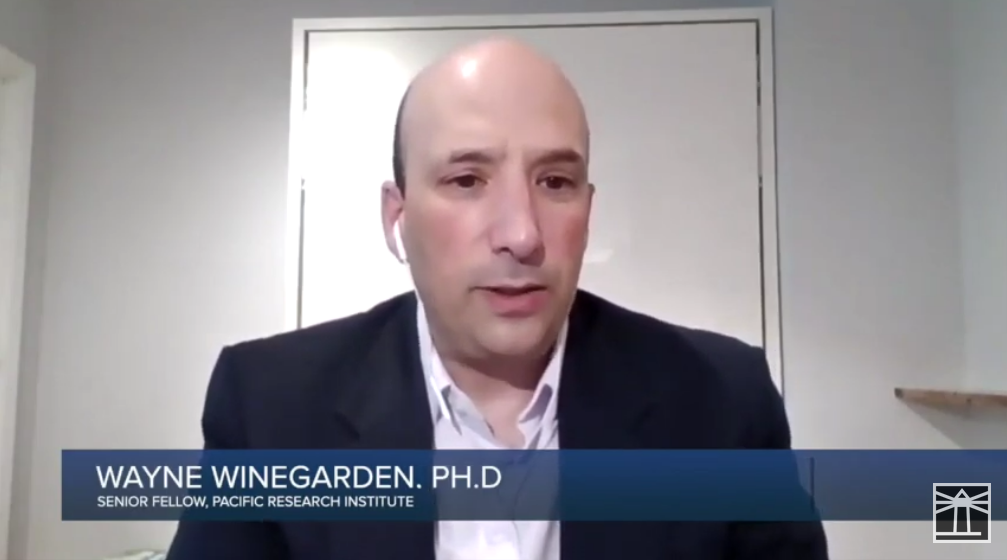Issue Brief: Stronger Reforms Needed to Fix Medicare Competitive Bidding Problems
SACRAMENTO – Proposed reforms to fix the problems with the current Medicare bidding process for acquiring prosthetics, CPAP machines, wheelchairs and other durable medical equipment don’t go far enough to fix the fundamental flaws in the process, finds a new brief released today by the Center for Medical Economics and Innovation at the nonpartisan, California-based, free market think tank, the Pacific Research Institute. Click here to download the brief “Medicare’s current broken bidding process drives up taxpayer costs, promotes the use of...







